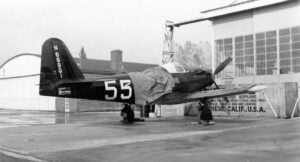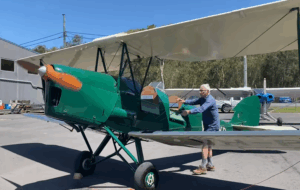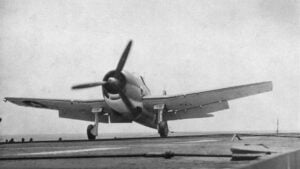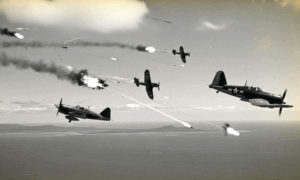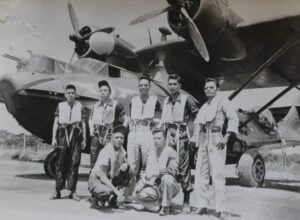What New Air Force Pilots Go Through In Flight School
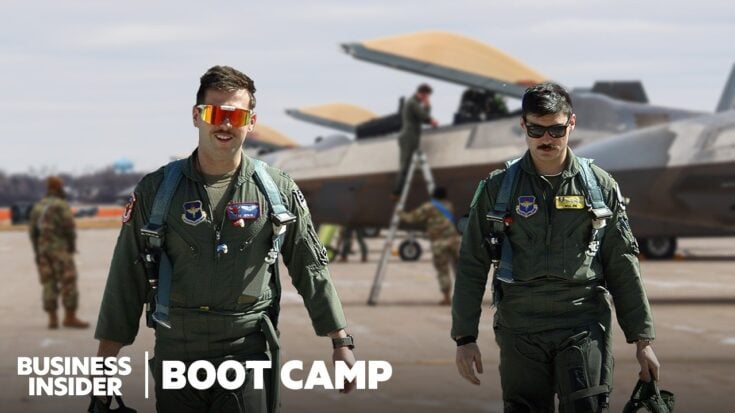
YouTube / Business Insider
Before Air Force pilots ever touch the controls of a fighter jet or transport plane, they begin their journey at places like Laughlin Air Force Base in Del Rio, Texas—just nine miles from the U.S.-Mexico border. It’s here, through a grueling year-long program, that newly commissioned officers transform into mission-ready aviators.
The process starts with a rigorous selection. Candidates must hold a four-year college degree, pass academic and flight aptitude tests, and compete to earn a coveted pilot training slot. Many come with civilian flight hours or backgrounds in aviation, but the Air Force takes over from there—teaching not just how to fly, but how to think and operate like a military aviator.
Training begins with the T-6 Texan II, a single-engine turboprop. Students spend weeks in the classroom studying aerodynamics, weather, systems, and emergency procedures. They log about 100 hours in academic training and then move into simulators that replicate cockpit conditions and emergency scenarios. The simulators are so advanced that today’s students solo in half the time it once took.
Once in the air, students progress through three phases: transition, navigation, and formation flying. Transition teaches high-G maneuvering and basic aerobatics. Navigation emphasizes precision and endurance. Formation flying—often just feet apart—introduces pressure similar to combat environments. Each step includes mission briefs and post-flight debriefs, where instructors break down performance and areas for improvement.
Along the way, students undergo survival training, learn to handle spatial disorientation, and get fitted for flight gear like helmets, oxygen masks, and G-suits. They’re constantly evaluated, and only the top students move on to the T-38 Talon—a supersonic jet used to train future fighter pilots.
T-38 training is faster and less forgiving. Students learn to fly, land, and maneuver at high speeds with minimal margin for error. Formation flying becomes even more demanding, with aircraft separated by just a few feet. By the end, students are ranked, and assignments are handed out on the much-anticipated “Drop Night.”
Some will earn their dream of flying fighters like the F-16 or F-35. Others will fly cargo planes, bombers, or become instructors. Regardless of where they go, each graduate leaves Laughlin with the same set of silver wings and a new title: United States Air Force Pilot.















